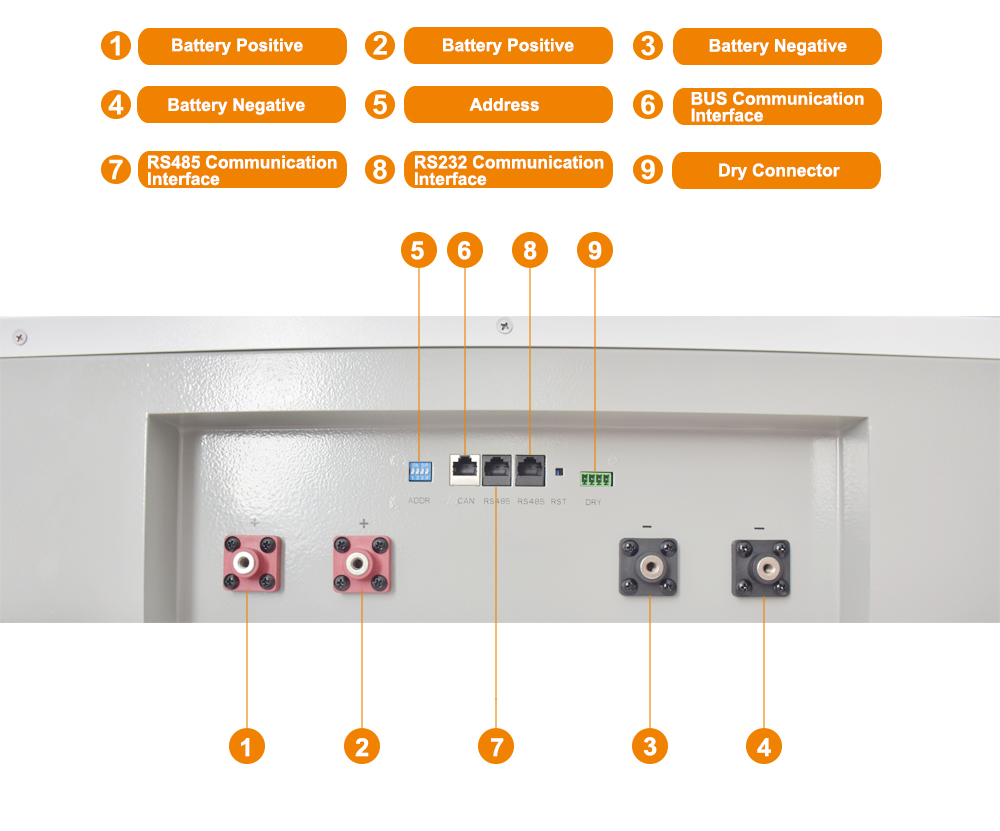Lithium-ion batteries can be transported internationally and domestically through USPS services. However, transporting lithium-ion batteries is not easy. When transporting lithium-ion batteries, the transportation must comply with U.S. Department of Transportation (DOT) standards and Pipeline and Hazardous Materials Safety Administration standards. Failure to comply with these standards will lead to a ban on transport and, in some cases, legal proceedings. These standards are designed to ensure that lithium-ion batteries are transported in a manner that is safe for the environment and humans.
Transport standard for USPS lithium batteries
The following guidelines must be followed when transporting lithium-ion batteries, otherwise a fine or legal action may be taken against the shipper:
Lithium-ion batteries should not contain more than one gram of lithium per battery.
The lithium content of each lithium-ion battery must not exceed 2 grams.
The package must have a complete and real return address.
Packages containing uninstalled batteries must bear the DOT approved lithium battery logo (UN3090).
Another requirement for transporting lithium-ion batteries is when transported to an international destination; lithium-ion batteries cannot be transported separately. They must be installed on the equipment they operate. Packages containing lithium-ion batteries that are not installed in their equipment are not allowed.
Packaged lithium-ion battery
Before transporting the lithium-ion batteries included in the equipment, you must keep the following points in mind:
The rules on the power and quantity of cells and batteries change frequently, and you must read the updated version before shipping.
Ask about the rules for receiving destinations as they may be different from your country.
If the equipment is damaged, make sure that the internal lithium-ion battery is not damaged.
Make sure the lithium-ion battery is not protruding from the device.
It is also important to remember that defective batteries are considered hazardous materials and are not allowed to be transported anywhere.
The packaging process of devices containing lithium-ion batteries is extremely important. It is recommended that you use a professional packaging agency to help you complete this process. When packing equipment with lithium-ion batteries inside, be sure to observe the following:
Strong and high quality packing materials must be used. Don't use cheap materials.
The equipment must be packed in a manner that prevents it from moving during transportation.
Add a return address and emergency contact number to the package.
The lithium battery operation label must be clearly affixed to the package and must not be folded.
When transporting equipment with lithium-ion batteries inside, you must write "Lithium-ion batteries in accordance with Section 2 of PI967". The phrase must be written in a clear manner and in English only. Finally, make sure your shipment is well packaged, labeled and has all the necessary documents.
Parcel Service
Just like gasoline, sulfuric acid and other dangerous goods. Lithium-ion batteries are considered as dangerous as these items. Most lithium-ion batteries can be safely transported and used. Lithium-ion batteries will catch fire when they overheat. And because lithium is a very active material, once one battery catches fire, other batteries catch fire and eventually explode.

Most fire-fighting systems and fire extinguishers cannot extinguish fires caused by lithium reactions. This is why extra care should be taken when packaging lithium-ion batteries. This prevents the battery from short-circuiting and overheating.
You can ensure the safety of your goods if you follow the following tips:
Prevent lithium-ion battery from coming into contact with any conductive material.
The device must be prevented from starting unexpectedly.
Please contact your shipping company before shipping to ensure which devices can and cannot be activated during transportation.
Equipment that may overheat must be packaged in a special package that acts as a battery cooler, regardless of the ambient temperature.
Non-conductive separators must be placed between devices equipped with lithium-ion batteries.
Make sure there are no lithium-ion batteries in contact with other batteries.
Lithium-ion batteries should not be transported near any metal surface.
Exposed terminals and connectors must be covered with non-conductive material.
If the lithium-ion battery capacity in the shipment exceeds 100 Wh, a dangerous goods contract is required.
If you ship lithium-ion batteries by air, please ask about the average temperature in the freighter. If there is a risk of overheating according to the lithium ion manual, do not ship the battery.
Small lithium-ion batteries are not subject to most safety regulations because of their small size. This is why it is important to check the shipping regulations for lithium-ion batteries before each shipment to keep them up-to-date.
It is recommended that you keep the capacity of the lithium-ion battery below 30% before packaging it. Any more, the goods will be rejected.
If the package exceeds 5 kilos, a dangerous goods contract is also required.
Finally, it is important to remember that lithium-ion batteries are a hazardous material and should be handled with special care. It is also important to check your rules for delivering the battery to your destination and to ensure that you fully comply with these rules. Please keep in mind that failure to do so will result in your goods being destroyed as hazardous materials.
